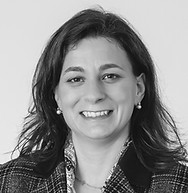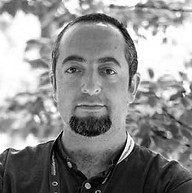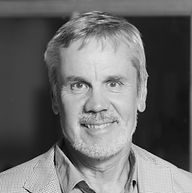
ABOUT US
the day of the birth of Common Home of Humanity
24th September, 2018
On September 24, 2018, in the Rectory of the University of Porto, in Portugal, the Common Home of Humanity was born.
In the legal act of the public deed, were present the cities of Porto and V.N. Gaia, the Portuguese Ministry of Environment, the NGO Zero – Associação Sistema Terrestre Sustentável, several individuals, and a total of 7 Portuguese Universities:
University of Porto
University of Aveiro
University of Coimbra
Nova University of Lisbon
University of Lisbon
University of Trás-os-Montes and Alto Douro
University of Madeira
All of these entities and individualities became the founders of the Common Home of Humanity. During the ceremony Paulo Magalhães, Will Steffen and Viriato Soromenho-Marques, made the following presentations:
HISTORY
November 2002, the Prestige oil tanker accident on the Galician coast near the Portuguese border caused a huge black tide, which ran from the north of Portugal to Vendée in France. I volunteered in the operation of cleaning and rehabilitating oiled birds on the affected Portuguese beaches. Coming home after a long day, I found myself faced with a bill to pay for restoration works in my condominium. I realised that the majority of this amount was for the restoration of windows that were not part of my home. Thoroughly puzzled, I began to study the legal features of living in a condominium. The more I read, the more it became evident that the windows in question were co-owned by all my neighbours that inhabit the condominium. We all had a similar bill and a shared responsibility. This was my moment of epiphany. A global system perspective with personal context literally at my doorstep.
Dealing with the national effects of a transboundary black tide from Prestige accident and my own responsibilities of living in a shared property brought clarity in perceiving Planet Earth as mankind’s condominium. It was the moment where I truly realised the concept of common property; of individual and shared responsibility; of the complexity and the laws of living in a condominium; and, most importantly the powerful potential of this model to re-frame the understanding of ownership and responsibility. Such same clarity and understanding can be applied, what so far, in global environmental dialogues, but it is still considerably challenging and considered "impossible". This marked my vision of the Common Home of Humanity.
Today the concept of the planetary condominium is taught, studied and researched in academia, it has captured the interest of many and has become an integral part of the dialogue and work of renowned local, national and global institutions.
I am equally honoured and pleased to announce that under the patronage and endowment of the Government of Portugal, the Common Home of Humanity is headquartered in “Port of Gaïa”- after which “Portugal” is named. This is of great significance to me as it takes inspiration from both the Greek Goddess of Earth, “Gaïa”, and the poignant work of James Lovelock who used the name “Gaïa” to conceptualise the Earth System.
My efforts to bring this perspective, born of my personal experience, to mainstream thinking have come far, not only because of the continued, unwavering support of my peers and colleagues but also because I truly believe that knowing that we are residents of the planetary condominium resonates amongst us all personally.
The construction of the Common Home Humanity is a civilization journey. When the possibility of coexistence of two overlapping legal regimes in the same physical space - the condominium - and the infinite possibilities opened by such coexistence came across, the journey started and it was clear that building knowledge and validating the possible solutions was going to require contributions from all fields of expertise.
The planetary condominium presents an opportunity to reconfigure our working models to involve everyone and everybody - not just the academic elite - to know their part and to play their part, as we all work to preserve the common heritage of humankind- the Common Home of Humanity.
Paulo Magalhães
Founder, Common Home of Humanity


CHH AMBASSADORS
EXECUTIVE DIRECTOR
Paulo Magalhães
GOVERNING BODIES
BOARD OF DIRECTORS
SCIENTIFIC COMMITTEE
GENERAL COUNCIL
BUREAU OF THE GENERAL ASSEMBLY
AUDIT BOARD




































